
- Can you give an overview of the current picture of new rural construction in the province?
+ The new rural construction program is a major, long-term strategic policy of our Party and State. Quang Ninh has been persistent and creative in organizing and implementing it. After more than 15 years, the appearance of the new rural area has changed completely in terms of infrastructure, economy , and social life. Before implementing the 2-level local government model, 100% of the province's communes met the new rural standards; of which 54 communes met the advanced new rural standards (59.3%), 25 communes met the model new rural standards (27.47%); the average income per capita in rural areas reached 84.14 million VND/person/year; the rate of workers receiving vocational training reached 87%; the rate of rural households using hygienic water reached 99.99%; the rate of households using clean water meeting QCVN 01-1:2018/BYT reached 87.20%; The rate of water use from centralized water supply works reached 73.81%. Notably, from the end of 2023, the whole province will no longer have poor households according to the multidimensional poverty standards prescribed by the Government in Decree No. 07/2021/ND-CP.
The above figures not only reflect material changes, but also affirm the synchronous improvement in quality of life, access to education , health, cultural services, etc. of rural people, creating a strong step forward in the province's journey of building new rural areas.
- What are the advantages and difficulties in implementing the new rural construction program in the province?
+ Implementing the program of building new rural areas, Quang Ninh has always received the attention and close direction of the central government and the province, the consensus and joint response of the people and businesses. Quang Ninh has a special geographical location, belonging to the Northern Key Economic Zone, bordering China, with synchronous transport infrastructure, which has helped open up many development opportunities, connecting rural areas with urban areas, promoting consumption and export of agricultural products.
Besides, there are also certain difficulties: The large, complex terrain, stretching from the mountains, midlands, plains to islands, makes it difficult to invest in synchronous infrastructure; the development gap between regions, especially in mountainous and island areas, is still a "bottleneck" that needs to be resolved... In addition, the impact of climate change and natural disasters such as storms, floods, and high tides directly affects agricultural production, aquaculture, and people's lives. Labor productivity in many places is still low, and production models have not developed strongly, especially high-tech agriculture and green agriculture.
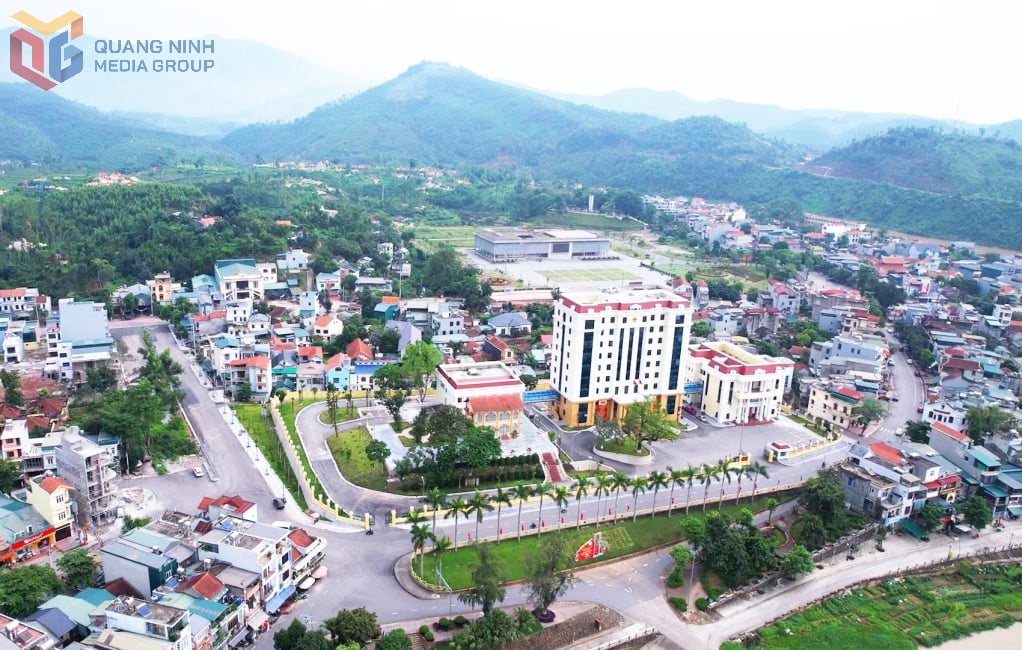
- To build sustainable new rural areas, what key solutions has the agriculture and environment sector been implementing?
+ The industry has developed plans and proposed key groups of solutions. In particular, it focuses on developing green, organic, circular and smart agriculture to adapt to climate change; meeting the increasing demand for food safety and sustainable development. Orientation to form concentrated, large-scale agricultural production areas, with value chain linkages, associated with processing, consumption and export. In particular, the OCOP program continues to be considered a foundation to encourage the development of specialty and key products, associated with geographical indications and brand building.
In the field of aquaculture, focus on expanding disease-free farming areas, managing and licensing farming according to planning, especially at sea, to ensure harmony between economic benefits and environmental protection and marine resources. Along with that, continue to implement projects to develop organic agriculture, high-tech agriculture, support businesses and farmers to access new science and technology, digital transformation in production and management. The ultimate goal is to increase income, improve people's quality of life, and at the same time protect the landscape and rural ecological environment.
Building a new rural area is a regular, long-term task, closely linked to the industrialization and modernization process of the province. The main role still belongs to the people and businesses, the State plays the role of orientation and creation. In the period of 2026-2030, oriented to 2035, Quang Ninh will perfect mechanisms and policies, issue a set of new rural criteria, and strive for 100% of communes to meet civilized and modern new rural standards.
With its role, the sector will ensure the organization, management and construction of new rural areas according to planning, synchronously, in line with industrialization - urbanization and sustainable development. In which, focusing on 3 strategic breakthroughs: Completing rural economic - social infrastructure from transportation, electricity, water, information to schools, health; developing rural economy in a modern, green, sustainable direction, improving competitiveness; developing culture, education, health, ensuring social security, at the same time preserving and promoting traditional values and rural identity of Quang Ninh.
The sector strengthens the work of monitoring and evaluating the effectiveness of program implementation to manage closely and transparently, promoting the supervisory role of the people and the community. Continues to effectively implement the campaign "All people unite to build new rural areas and civilized urban areas"; enhances social supervision and criticism and encourages creativity and companionship of the whole society in building new rural areas and sustainable poverty reduction, creating a premise for building civilized and modern new rural areas in the near future.
Thank you!
Source: https://baoquangninh.vn/huong-toi-xay-dung-nong-thon-moi-van-minh-hien-dai-trong-tuong-lai-gan-3382774.html


![[Photo] Comrade Nguyen Duy Ngoc holds the position of Secretary of the Hanoi Party Committee](https://vphoto.vietnam.vn/thumb/1200x675/vietnam/resource/IMAGE/2025/11/04/1762234472658_a1-bnd-5518-8538-jpg.webp)
![[Photo] Ca Mau "struggling" to cope with the highest tide of the year, forecast to exceed alert level 3](https://vphoto.vietnam.vn/thumb/1200x675/vietnam/resource/IMAGE/2025/11/04/1762235371445_ndo_br_trieu-cuong-2-6486-jpg.webp)

![[Photo] Ho Chi Minh City Youth Take Action for a Cleaner Environment](https://vphoto.vietnam.vn/thumb/1200x675/vietnam/resource/IMAGE/2025/11/04/1762233574890_550816358-1108586934787014-6430522970717297480-n-1-jpg.webp)

![[Photo] Government holds a special meeting on 8 decrees related to the International Financial Center in Vietnam](https://vphoto.vietnam.vn/thumb/1200x675/vietnam/resource/IMAGE/2025/11/04/1762229370189_dsc-9764-jpg.webp)
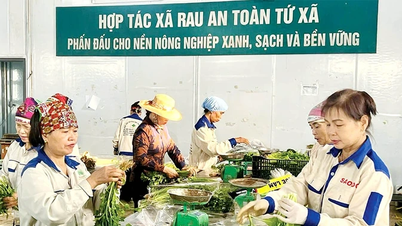



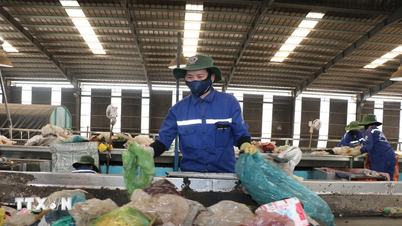

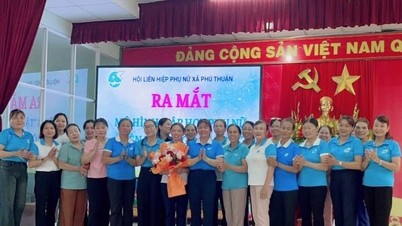

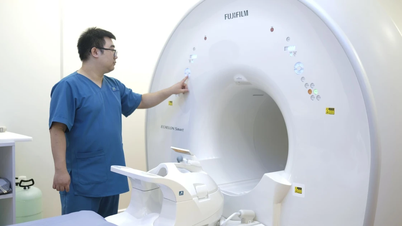

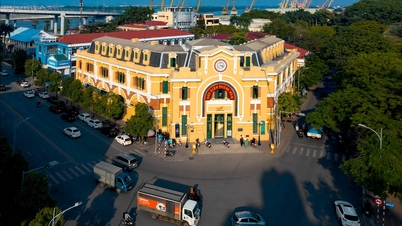






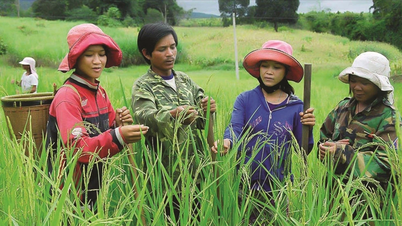









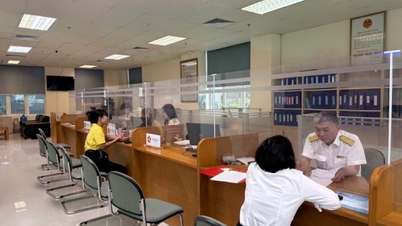




![[Photo] The road connecting Dong Nai with Ho Chi Minh City is still unfinished after 5 years of construction.](https://vphoto.vietnam.vn/thumb/1200x675/vietnam/resource/IMAGE/2025/11/04/1762241675985_ndo_br_dji-20251104104418-0635-d-resize-1295-jpg.webp)




























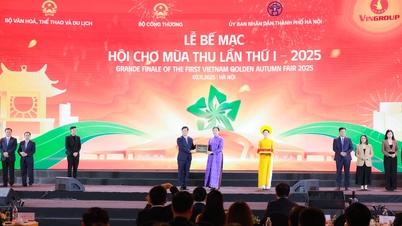
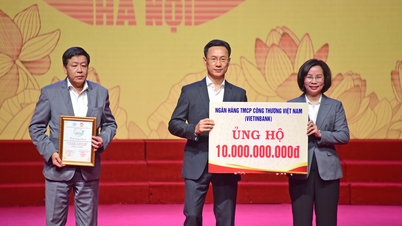










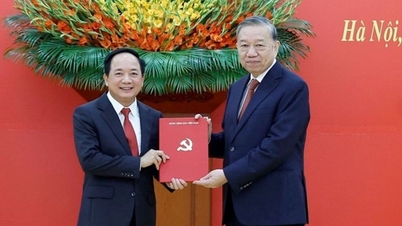

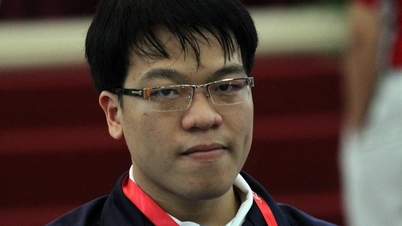
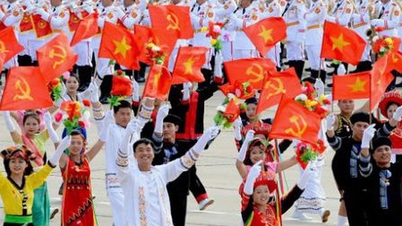

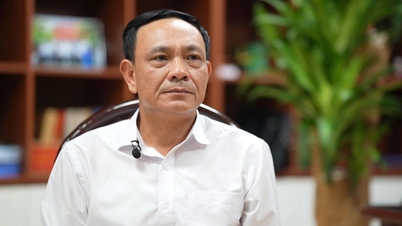



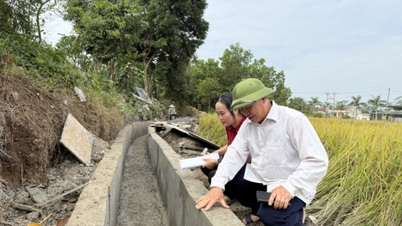



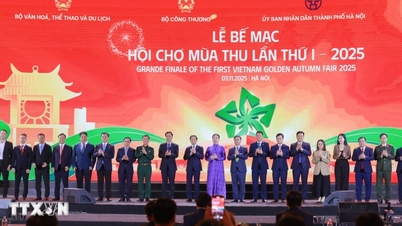















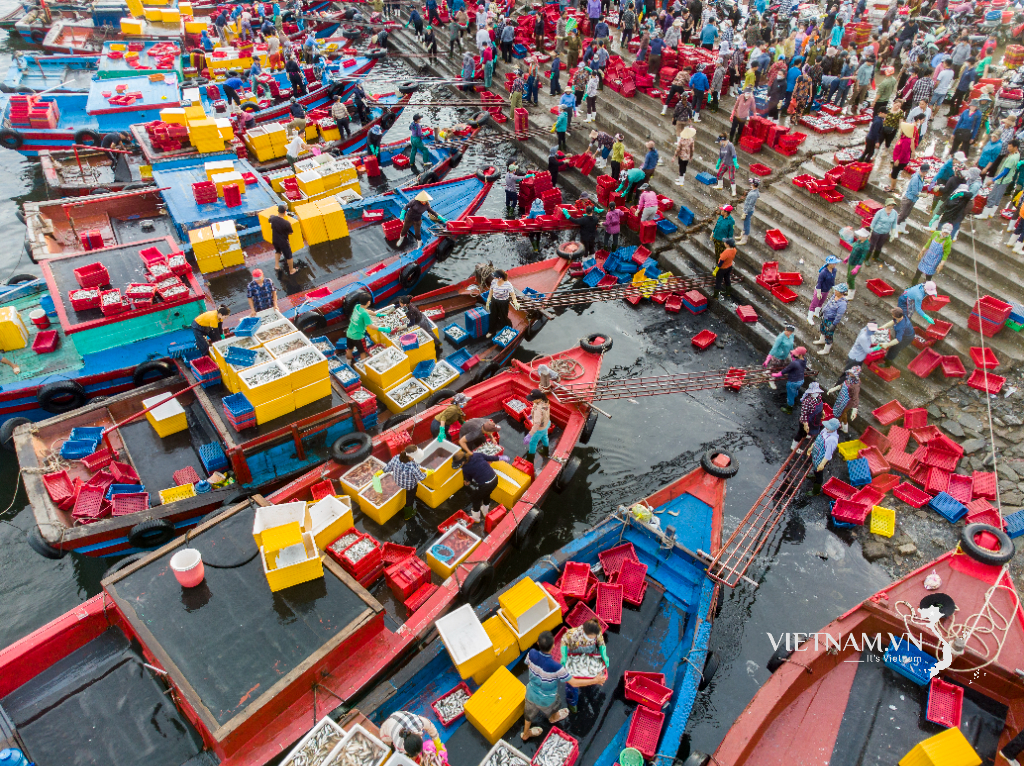
Comment (0)